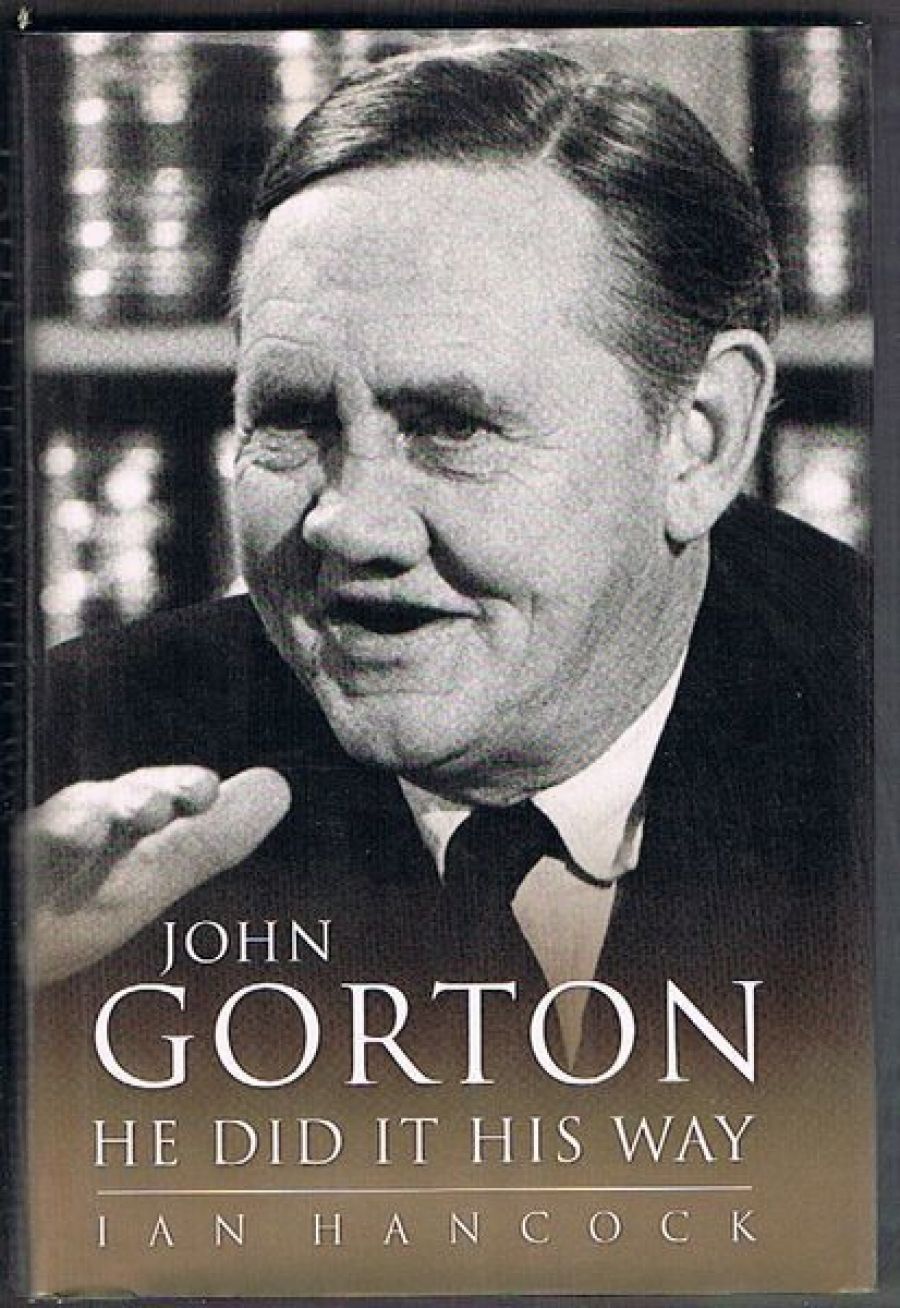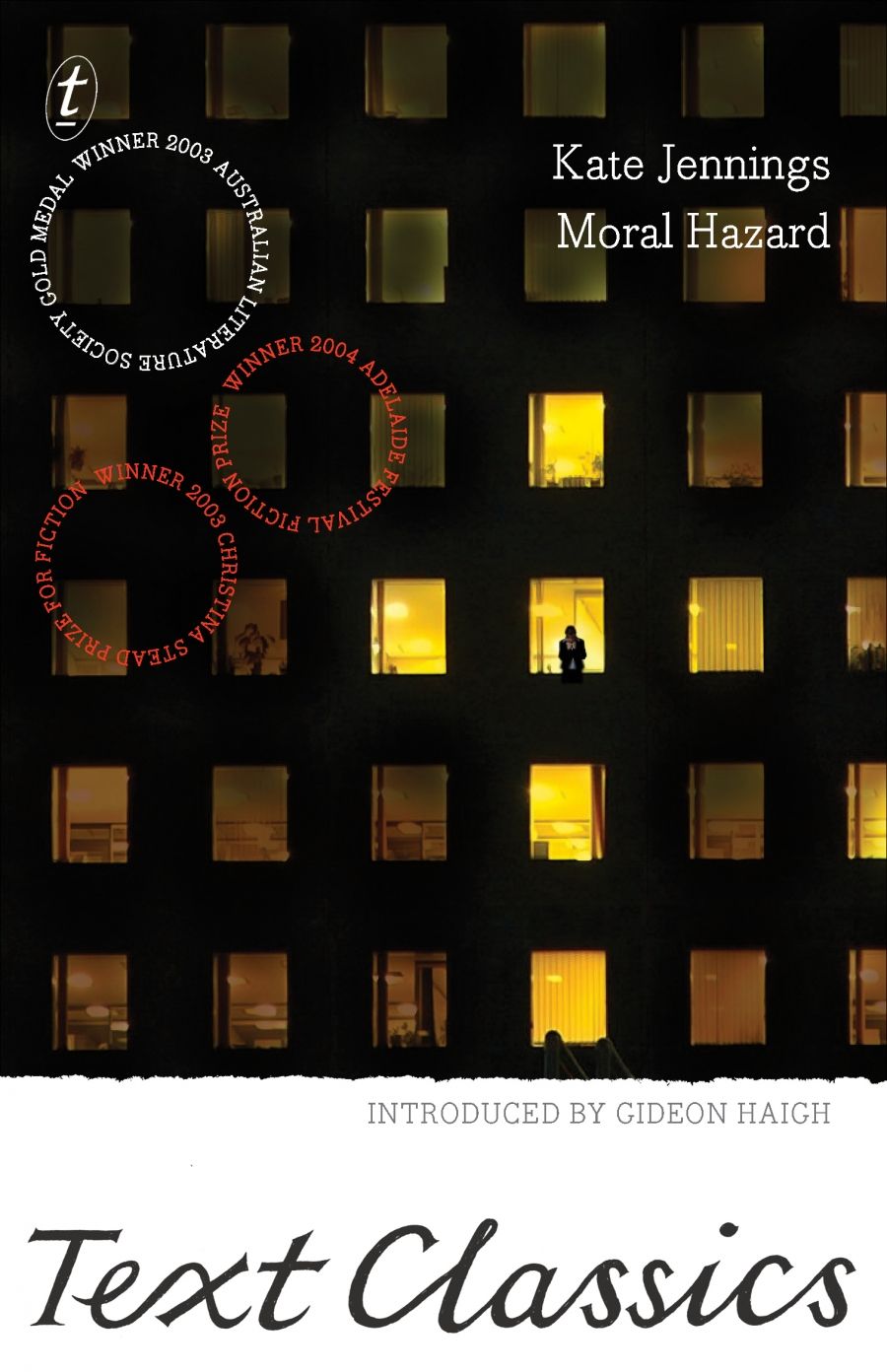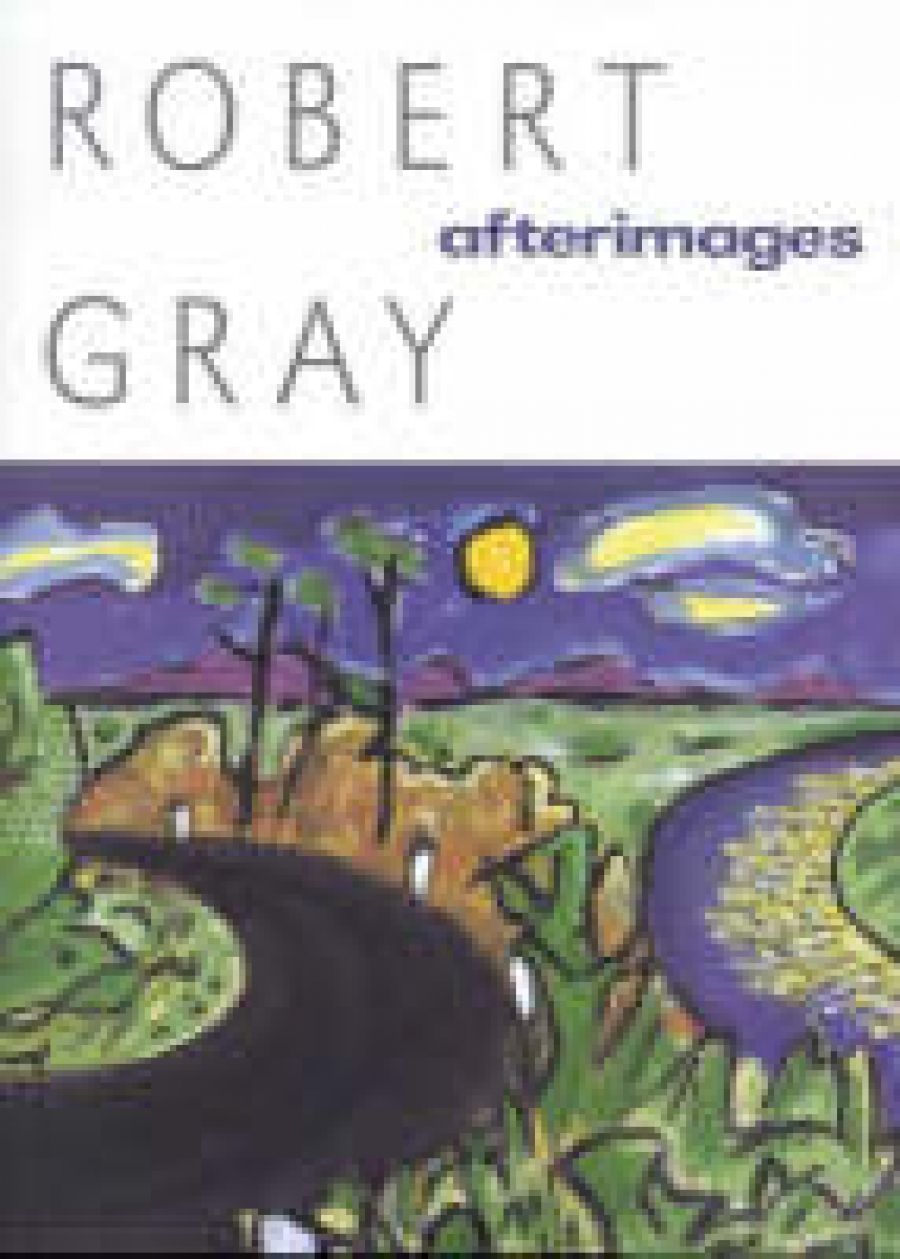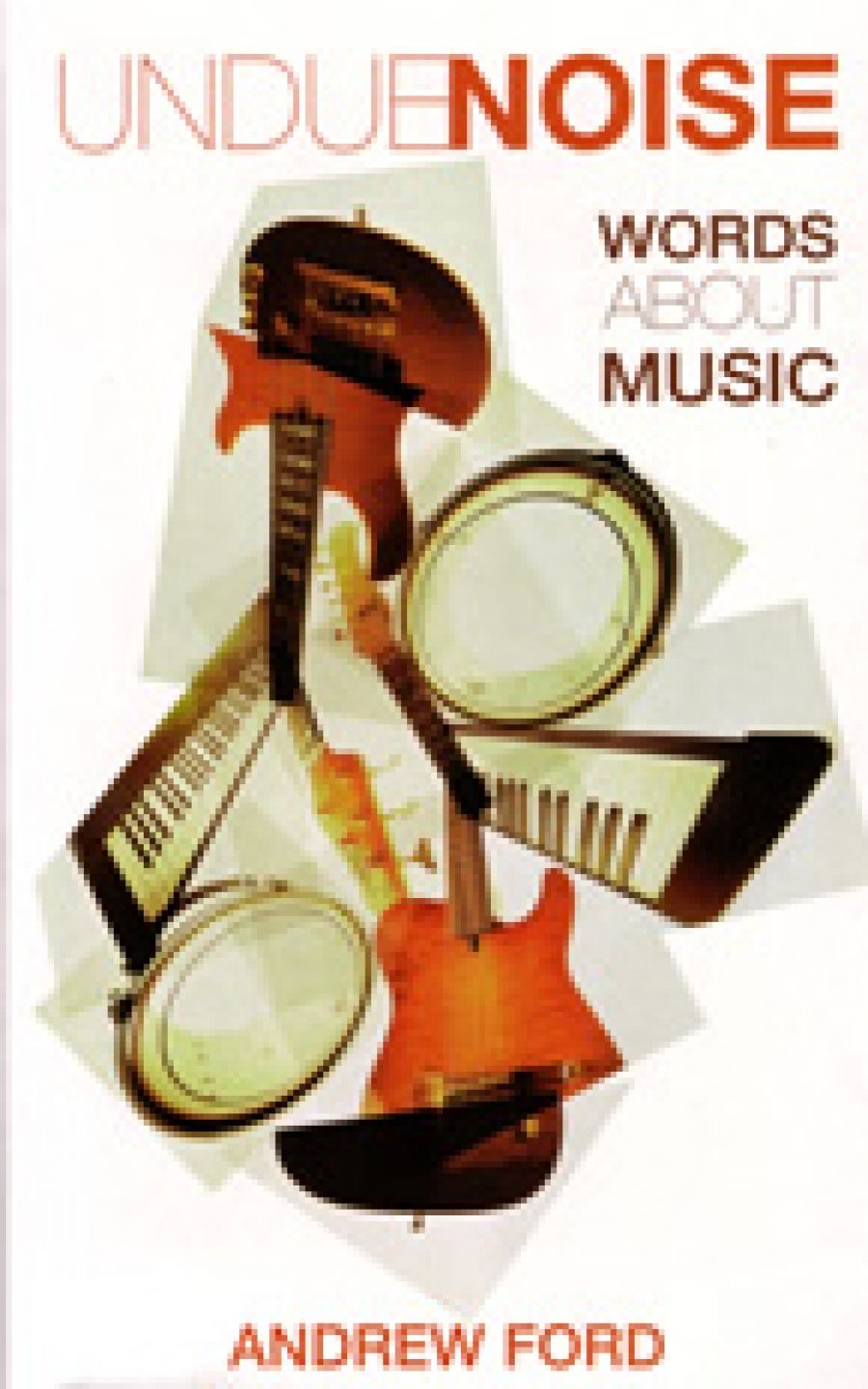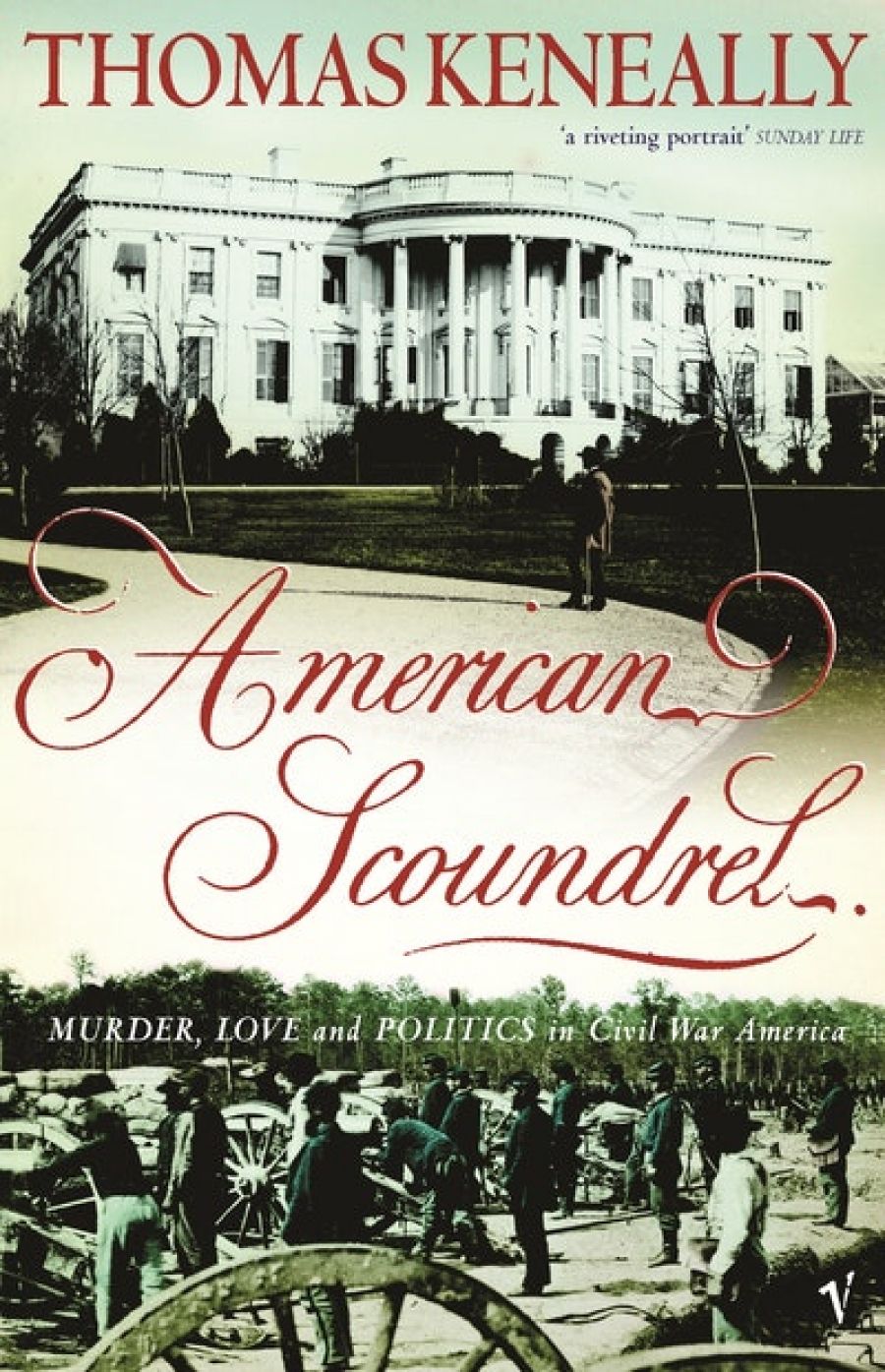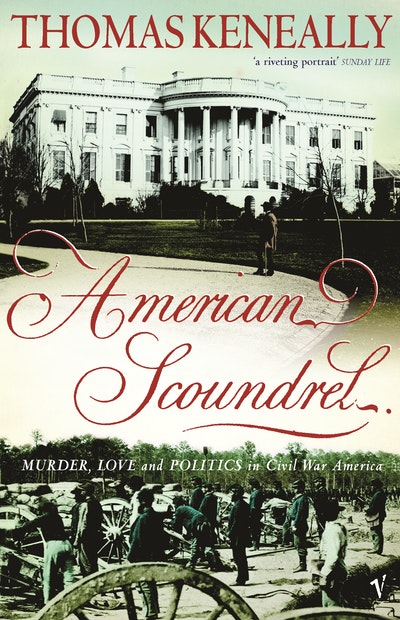- Free Article: No
- Contents Category: Poetry
- Custom Article Title: Paul Kane reviews ‘The Poetry of Les Murray’ edited by Laurie Hergenhan and Bruce Clunies Ross, ‘Les Murray’ by Steven Matthews, and ‘Poems the Size of Photographs’ by Les Murray
- Review Article: Yes
- Online Only: No
- Custom Highlight Text:
You might expect a book of eighty-eight new poems by Les Murray to be sizeable (most of his recent single volumes run to about sixty poems each). But Poems the Size of Photographs is literally a small book, composed of short poems (‘though some are longer’, says the back cover) ...
You might expect a book of eighty-eight new poems by Les Murray to be sizeable (most of his recent single volumes run to about sixty poems each). But Poems the Size of Photographs (Duffy & Snellgrove, $22 pb, 106 pp, 1876631236) is literally a small book, composed of short poems (‘though some are longer’, says the back cover). A few are only two lines, and most would fit on a postcard. Murray, the master of sprawl, also turns out to be a connoisseur of concision. Moreover, this new book confirms a contrarian tendency always to do something slightly unexpected. There is a ludic streak in Murray, something he shares with the American poet A.R. Ammons, who, after his Selected Longer Poems, published The Really Short Poems. Murray, it appears, is never short of poems and, the longer he goes on writing, the wider his reputation grows. The two other books under review here attest to his increasing stature.
The new book, despite its size, seems a compendium of Murray’s characteristic poetry. I would gather the poems into half a dozen general categories: Bucolics, Polemics, Knick-knacks & Riddles, Yarns, Ideations, and Lauds. This is more a parlour game than a taxonomy, but it gives a sense of Murray’s range and variety. Thus, a poem such as ‘Uplands’, which is made up of a series of fine-grained images like ‘Hills lie where they fell; / boulders sultana their steeps’, is clearly a country poem, of which there are a dozen others. There is a lovely one about an encounter with a young fox that innocently wants to play; the poem ends with a sense of transfiguration: ‘I remember / how sharply perfumed the leaves were / that lay on the pavement in that world.’ This is familiar territory in Murray’s work, but his ability to render rural experience intimate for the reader is consistently refreshing. The polemical poems are also by now familiar, and they are the most ephemeral of his creations, since most of them fall away when he compiles selected poems. But they are legion in this volume, with a score of them excoriating modern mores and shibboleths. ‘Cool History’ tells us ‘Identity oversimplifies humans. / It denies the hybrid, as trees can’t’; ‘The Machine-Gunning of Charm’ bemoans the rise of modernist architecture, with its ‘icy ambition / and scorn’; while ‘The Poisons of Right and Left’ takes a swipe at both sides: ‘You are what you have got / and: to love, you have to hate.’ While many of these poems may not survive a subsequent process of selection, they are nonetheless central to Murray’s poetry, for they express fundamental ideas and attitudes that underwrite the rest of his work. My third category is a basket for the two dozen unusual and usually delightful poems that are scattered throughout the book. Like other poems, they have governing ideas, but the performance is usually what is most memorable. Thus, ‘Pop Music’ describes two girls in a station wagon: ‘one bunging a pop bottle boinc / against her head and bocc / against the wagon. The other blows / music into hers: Doe roe to hoe soon / but no throe for woe yet, moon!’


